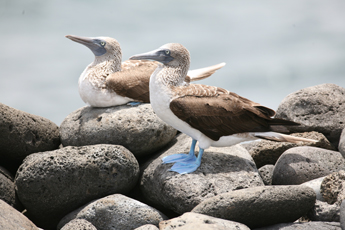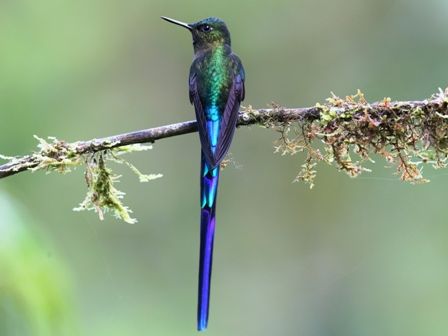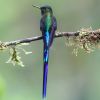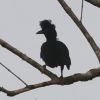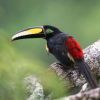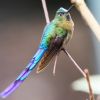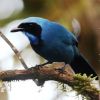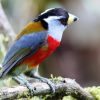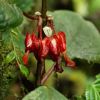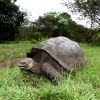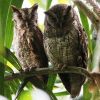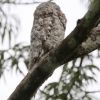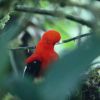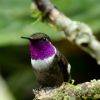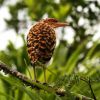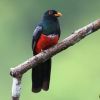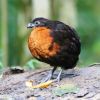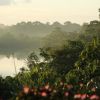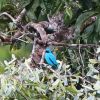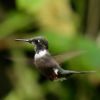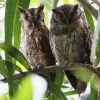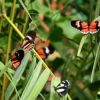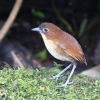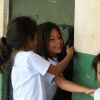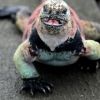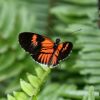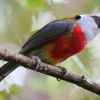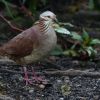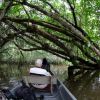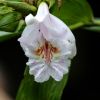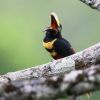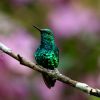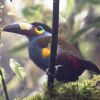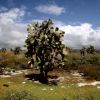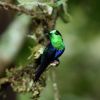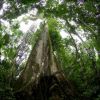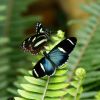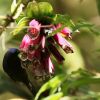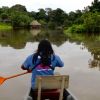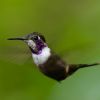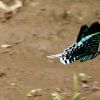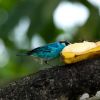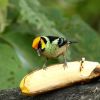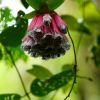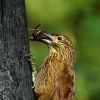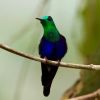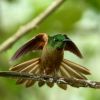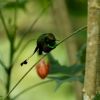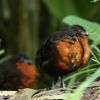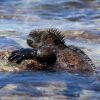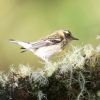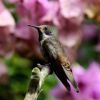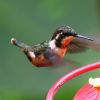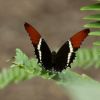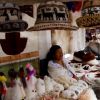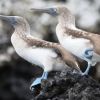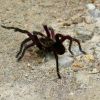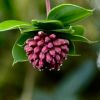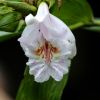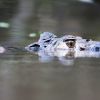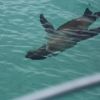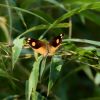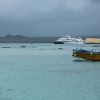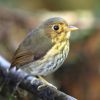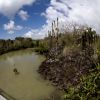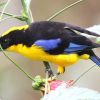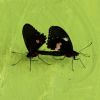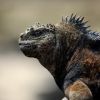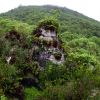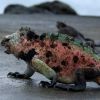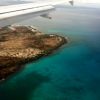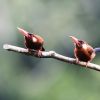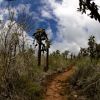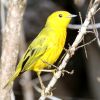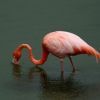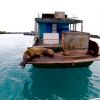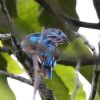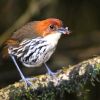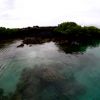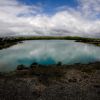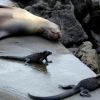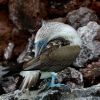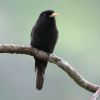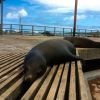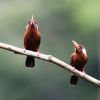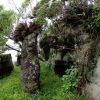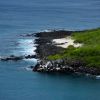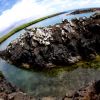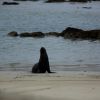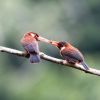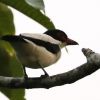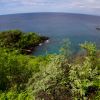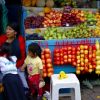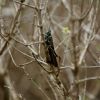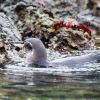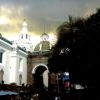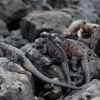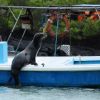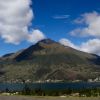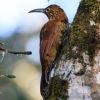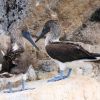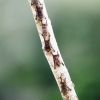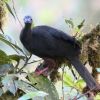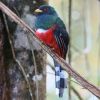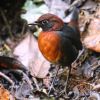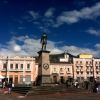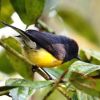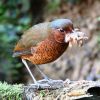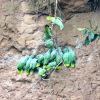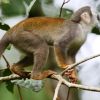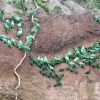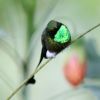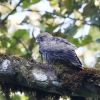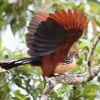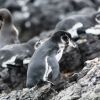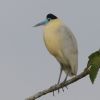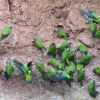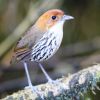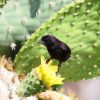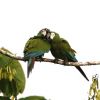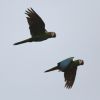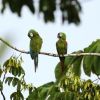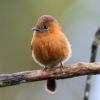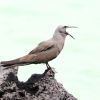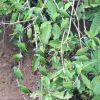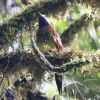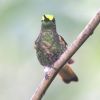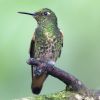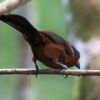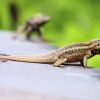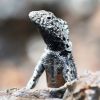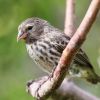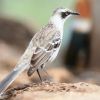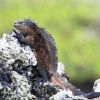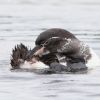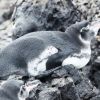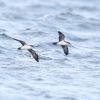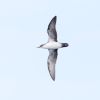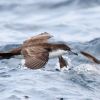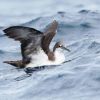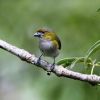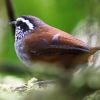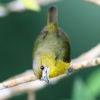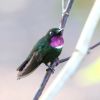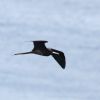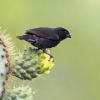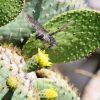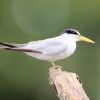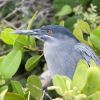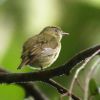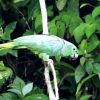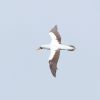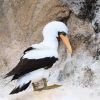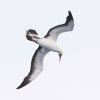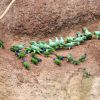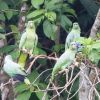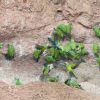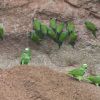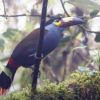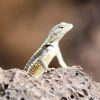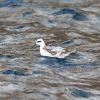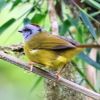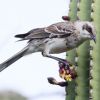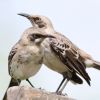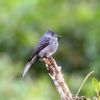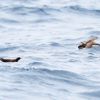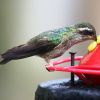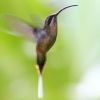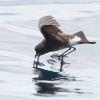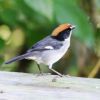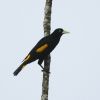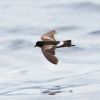Ecuador - Birds and Mammal Cruise of the Galapagos Islands
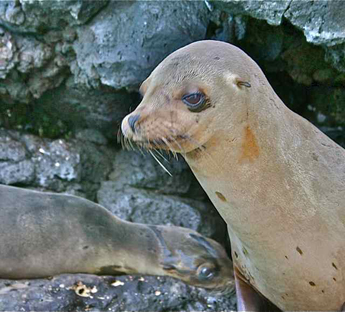
Galapagos Islands, 9days
The cherry on top of any Ecuador visit is our 8-day-long Galapagos cruise, which visits the best parts of the enigmatic archipelago. We carefully selected the best available birding route to get the most out of it, so we visit many of the islands with numerous birding sites witnessing various landscapes and abundant wildlife. This is truly an ultimate nature experience, a dream of any nature enthusiast!
Please note that the programme of visiting different islands can be changed by local authorities without prior notice or due to weather changes!
{backbutton}
Fact File
- 8 days cruising
- start and finish in Quito with a flight to/from Isla Baltra, Galapagos
- using a comfortable Galapagos cruise ship to discover at least 10 islands
Highlights
- visiting the 10 best spots of the Galapagos Islands
- wide variety of amazing birds, reptiles and mammals with great photo opportunities
Accommodation
- 2 nights at Quito, colonial capital of Ecuador
- 7 nights on board of a cruise ship, ideal for small groups
- 1 overnight flight
Price
Ask for the actual price.
Our price includes:
- all travel as noted in the itinerary;
- all accommodation based on shared rooms (most rooms are twin bedded), at most locations there are single rooms as well for extra charge (Please ask for a single room at the time of booking!);
- 3 meals per day, generally breakfast at the accommodation, packed lunch, dinner (consists of at least two courses);
- services of the leader(s);
- trip materials.
Not included:
- flights to and from Budapest;
- optional programmes to places of interest and entrance fees involved;
- airport and other departure taxes, tips;
- food beyond generally 3 meals/day mentioned in the itineraries;
- excess baggage charges;
- telephone calls;
- alcoholic beverages;
- compulsory personal insurance.
If you have questions about the inclusion of any cost item, please contact us.
Activity level
- Generally easy to moderate walks
- Lots of onsite wildlife observing possibilities
- Weather generally favourable
Itinerary
Day1
Arrival to Quito, short transfer to the hotel. Depending on the arrival time we might spot the first local birds, such as Vermillion Flycatcher, Rufous-collared Sparrow, Black-tailed Trainbearer and Sparkling Violet-Ear.
Day2
We depart from Quito and fly to Isla Baltra, followed by a short transport to Santa Cruz Island, from where we start our Galapagos Birding Cruise in quest of birds and other natural beauties. First we visit two small beaches, the Bachas, a favorite nesting site for sea turtles. Behind one of the beaches there is a small brackish water lagoon, where occasionally flamingos, Black-necked Stilt, Whimbrel and other species can be found.
Day3
We visit Plazas Islands, two small islets a short distance from the East Coast of Santa Cruz. The principal attractions here are land iguanas, sea lions and Swallow-tailed Gulls. Also we might see Audubon’s Shearwater, Red-billed Tropicbird, Magnificient Frigatebird and Brown Pelican gliding past the cliff.
The small bay on Santa Fe (Barrington) Island's northeast coast is an extremely picturesque place. There are two different trails at this site, one leads to a scenic viewpoint on top of a cliff where it is possible to find land iguanas. A particular attraction is the unusually tall forest of prickly Opuntia cactus. Of course several seabirds will be around as well.
Day4
We start with a visit at Bahia Gardner located on Espanola/Hood Island to observe sea lions and also for relaxing and swimming. During the afternoon our next stop will be at Punta Suarez, which is sustaining one of the most varied colonies of seabirds in the Galápagos. Waved Albatross, Masked and Blue-footed Boobies nest here in big colonies. There is also an attractive blow-hole, where water spouts up to 50-75 feet into the air according to the intensity of the surf. There are other interesting birds to look for on the island such as the local endemic Hood Mockingbird, Warbling Finch, Galapagos Hawk, Large Cactus Finch, Swallow-tailed Gull, Red-billed Tropicbird and many more.
Day5
Punta Cormoran on Santa Maria/Floreana Island offers probably one of the largest and best flamingo lagoons in the Galapagos. There are various species of shorebirds to be seen including Black-necked Stilt, White-cheeked Pintail, Willet, Wimbrel etc. Post Office Bay is a historical site, where a wooden barrel was placed in the 18th century by the crew of a whaling ship. It has been used since by mariners and tourists as a post office. This site was the landing area for some of the first colonists as well.
Day6
Today we return to Santa Cruz Island to visit the famous Charles Darwin Interpretation Center. It is not just a great place to observe and appreciate natural wonders, it is also interesting to learn how the protection and conservation of the islands are carried out. The principal attractions are the National Park information center, Van Staelen Exhibition Hall, Breeding and Rearing Center for young tortoises, Lonesome George , the famous tortoise from Pinta and other adult Galapagos Tortoises in captivity. During the afternoon we will visit the Highlands of Santa Cruz.
Day7
Rábida/Jervis Island has a striking dark red color due to the high content of iron in the lava. Behind the beach there is a picturesque salt-water lagoon, where White-cheeked Pintail provides a beautiful view at the southeastern cliffs. The island’s 367m high volcanic peak is covered by palo santo trees.
Bartolome is a small barren island, located in Sullivan Bay off James Island. The moon-like landscape provides the most scenic panorama in the archipelago. We may also swim and snorkel on a beautiful beach. Multicolored fish and occasionally Galapagos Penguins may be seen at the base of the tall pinnacle rocks.
Day8
Genovesa/Tower Island is an outlying island, so it is less visited and is only included in some of the cruises. It is well worth the long trip, because it is the best place to see colonies of Red-footed and Masked Boobies. Swallow-tailed Gulls, Red-billed Tropicbirds, Great Frigatebirds and thousands of Wedge-rumped Storm Petrels are present as well. We can spot Galapagos Doves and a local endemic subspecies of Short-eared Owl as well. This island gives a second chance for the Large Cactus-Finch and among the finches we will look for the Sharp-beaked Ground-Finch as well.
Day9
North Seymour Island is a small island well worth visiting for its wildlife. The vegetation is mainly low and bushy and holds the largest colony of Magnificent Frigatebirds in the Galapagos. There is also a large population of Blue-footed Boobies. Additional attraction is that at the coastline resides a colony of playful sea lions.
Mosquera Islet is a small, flat, sandy island almost devoid of vegetation. This is one of the best places to observe sea lions. It is also a good place to find herons, Lava Gulls and coastal birds.
We reluctantly finish our cruise, say goodbye to our ship and crew and transfer to Isla Baltra’s airport for our flight back to Quito where we spend 1 night.
Day10
Flight back to London or continue on our Ecuador Highland Special tour. Depending on the flight schedule there is a possibility of a last morning birding by visiting a nearby volcano to search for local species or look around in the colonial centre of the capital city.
Day11
Overnight flight, arrival home.





























